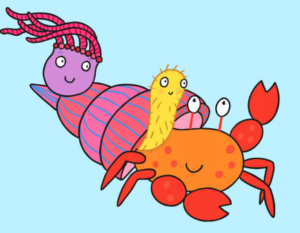2 June 2020: Home Learning
Phonics
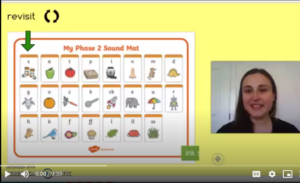
Maths
1.Listen and sing along to the video about the teen numbers.
2.Tomorrow we will be looking at the number 13. 13 is an odd number. An odd number is a number that can’t be split into 2 equal groups. Using Lego, counters or any other objects you have at home can you find any other odd numbers between 0 and 13?
3.Take a picture of your odd number findings and email them to scholesf2@spherefederation.org.
Literacy
Book of the week: The Rainbow Fish
1.Listen to the story of the week.
2.Something special


1 June 2020: Home Learning
Phonics
(writing focus)
1.Practise your letter formation in your home learning book. You can use the letter formation dittys to help you.
2.Write the following words
Parents: Please read the words to your child. They can then write them in their home learning book.
chip food queen ship
Parents: If these are too challenging perhaps try writing (or sound talking) these words instead.
sat mat cat rat
3.Can you write a sentence including one of the above words?

Challenge: Use all the words above and turn it into a silly story!
Maths
1.Listen and sing along to the video about the teen numbers.
2.What two teen numbers have we looked at so far? Can you choose one of them (11 or 12) and show it in 1,3 or 5 different ways. You can print and use this word document if you like.
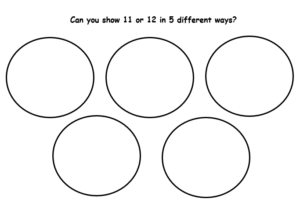
Literacy
Book of the week: The Rainbow Fish
1.Listen to the story of the week.
2.Tell a grown up what you think the Rainbow Fish learnt in the story.

Whole school ‘Quiz of the Week’
If you’re struggling to keep yourself entertained this week…why not have a go at our whole school quiz?
Summer half-term activities
We know that it’s the summer half-term break, but in these unprecedented times we thought that we’d continue to post some ideas of activities that you can do at home, if you choose to do so.
This will be the only post for the week. During this time, you can still send emails – we would love to hear about what you get up to!
The most important message is to have fun as a family. Read together, play outside, bake, garden, watch a movie, sing and dance. Check out these den building ideas for inspiration!
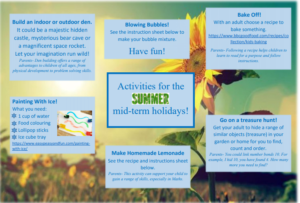
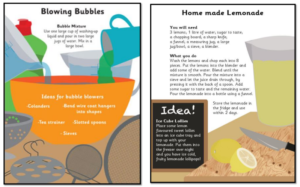
You might also want to look at the ‘100 things to do inside’ by Shonette Bason.
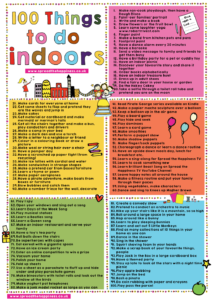
Get creative with Hello HipHop
We have been keeping in touch with Phil from Hello HipHop. He has created some blank lettering for our school name and a guide showing how to do some different effects.
It would be nice to have some of your ideas to display on the website and in school. If you would like, you can print this blank lettering and add effects or you can create your own ‘Scholes’ graffiti art with your own lettering. Send your ideas to Y2scholeshomework@spherefederation.org
Get creative!
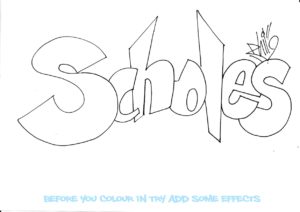

Week 9 – A message from your teachers
Over the last 8 weeks we have enjoyed seeing your pictures and sharing them on the class news. This week, we would like to share some pictures of us with you.
During the week we keep ourselves busy by planning, recording lessons and answering your lovely emails but at the weekend we like to take a break and spend time with our family, doing the things we love.

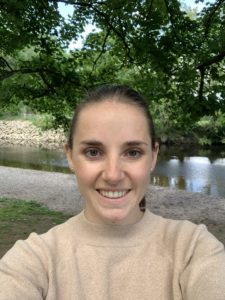
Mrs Palmer has been painting and decorating and enjoying walks in the sunshine.
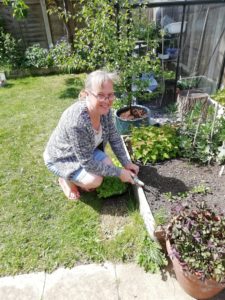
Mrs Myers has been busy in her garden. She is growing lots of fruit and vegetables.
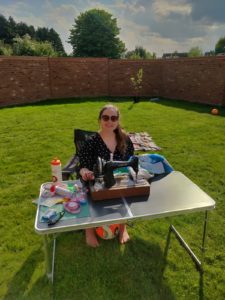
Mrs Flynn has been sewing in the garden.
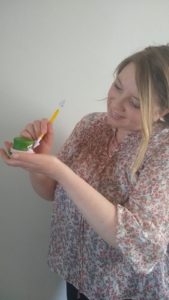
Mrs Kirby has been busy making decorations for a cake.
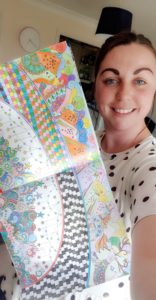
Miss Hulme has been busy doing some mindfulness colouring.
Have a lovely half term and please email (scholesf2@spherefederation.org) a picture of your child doing something they enjoy. We are making something special to share with you all 🙂
A fantastic storyteller…
Lorien has re-told the story ‘The Gruffalo’ using props. We really enjoyed listening to it and thought you would too!
22 May 2020: Home Learning
Phonics
(tricky word focus)
Sing the tricky word songs.
Phase 3: https://www.youtube.com/watch?v=R087lYrRpgY&t=1s
Phase 4: https://www.youtube.com/watch?v=3NOzgR1ANc4
Words to Read:
Tricky word countdown! Can you read the tricky words?
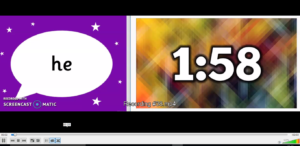
Phonics Activity:
Practise writing the tricky words.

Fill in the blanks using the tricky words above.
You don’t need to copy and write the whole sentence – just write the tricky word that you think is missing.
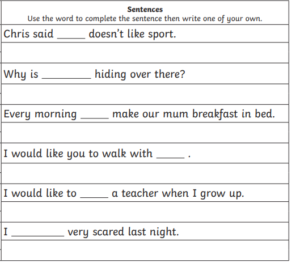
Answers
- he
- she
- we
- me
- be
- was
Maths

Literacy
Book of the week: Sharing a Shell by Julia Donaldson
1.Listen to the story of the week.
https://www.youtube.com/watch?v=VpJumAZx1t8
2. Draw a story map of the story.
Parents: Here is an example of a story map.

21 May 2022: Home Learning
Phonics

Maths
1.Count backwards from 20 using the song.
Oh no! The song seems to have forgotten the number 0! We talk lots about the number 0 being nothing but still being a number. Try to add the number 0 when singing the song.
2. The problem blob has been up to mischief – he is stopping things from being shared fairly. The Numberjacks need your help!
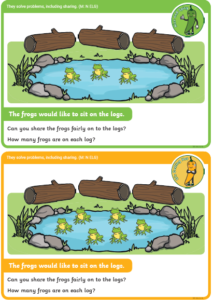
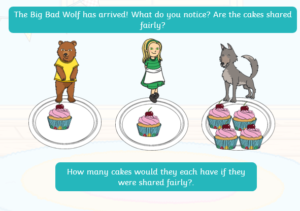
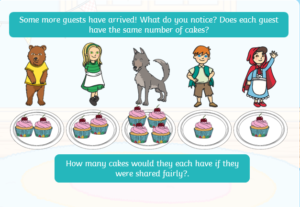
Literacy
Book of the week: Sharing a Shell by Julia Donaldson
- Listen to the story of the week.
https://www.youtube.com/watch?v=VpJumAZx1t8
2. Draw who is in the story (characters), what happens in the story (events) and where the story is (setting).
20 May 2020: Home Learning
Phonics
Practise saying the phonemes.
Phonics play – flashcard speed trials – phase 3
https://new.phonicsplay.co.uk/resources/phase/3/flashcards-speed-trials
Log in: march20 password: home
Words to read:
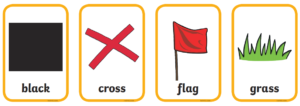
Phonics activity:
Read the sentence and draw a picture to match.
You must not tramp on the flowers
Maths

Literacy
Book of the week: Sharing a Shell by Julia Donaldson
Listen to the story of the week.
https://www.youtube.com/watch?v=VpJumAZx1t8
2. Why do you think it is important to share? How does it make you feel? How does it make your family feel? How does it make your friends feel?
Draw a picture of a time you shared with someone? Can you write a sentence about how you felt?
